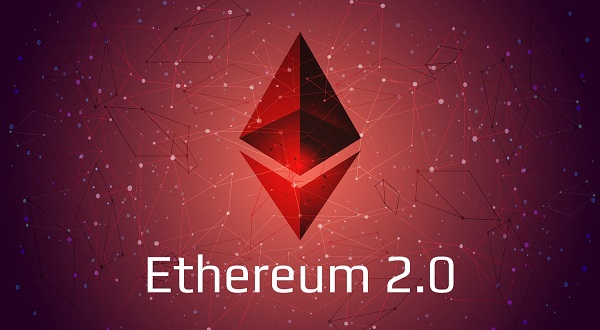🧠 Ethereum 2.0 Upgrade: Key Benefits, Staking, and What’s Next
The Ethereum 2.0 upgrade, also known as “The Merge,” is one of the most significant milestones in the history of blockchain technology. It marks Ethereum’s shift from the energy-intensive Proof of Work (PoW) to the more efficient Proof of Stake (PoS) consensus mechanism. This change not only enhances scalability but also reduces Ethereum’s carbon footprint by over 99%. 🌱
In this article, we’ll break down the key benefits of Ethereum 2.0, explain how ETH staking works, and give a glimpse into what’s coming next in the Ethereum roadmap.

🔑 What Is Ethereum 2.0?
Ethereum 2.0, or ETH 2.0, refers to a set of upgrades aimed at making the Ethereum network more scalable, secure, and sustainable. The major changes include:
- Transition from Proof of Work (PoW) to Proof of Stake (PoS)
- Introduction of shard chains to increase transaction throughput
- Enhanced security and decentralization
- Support for Ethereum staking rewards
✅ Key Benefits of Ethereum 2.0
Ethereum 2.0 offers several groundbreaking improvements over the original Ethereum network:
| 🚀 Feature | 🛠️ ETH 1.0 | 🌐 Ethereum 2.0 (ETH2) |
|---|---|---|
| Consensus Mechanism | Proof of Work (PoW) | Proof of Stake (PoS) |
| Energy Consumption | High (like Bitcoin) | 99.95% lower 🌿 |
| Transactions Per Second | ~30 TPS | Potentially 100,000+ TPS ⚡ |
| Scalability | Limited | Massively improved via sharding |
| Security | Good | Enhanced via PoS & validator sets |
| Staking | Not available | Yes, earn passive income 💸 |
💸 How Ethereum Staking Works
Staking is the process of locking up ETH to support network operations and earn rewards. Instead of mining, validators are randomly chosen to propose and validate new blocks.
| 📊 Staking Term | 🔍 Details |
|---|---|
| Minimum ETH Needed | 32 ETH to run a validator node |
| Staking Rewards | 4%–12% annually, depending on network usage |
| Where to Stake | Coinbase, Binance, Lido, Rocket Pool, etc. |
| Lock-up Period | Flexible (varies by platform) |
| Risk | Slashing if validator misbehaves ⚠️ |
🔐 You can also stake via liquid staking platforms (like Lido), which let you earn rewards and still trade your staked ETH.
🔮 What’s Next After Ethereum 2.0?
The Merge was just the beginning. Here’s what’s on the roadmap:
- Sharding (2025+): Splitting the blockchain into smaller “shards” to massively increase scalability.
- Surge, Verge, Purge, and Splurge: A series of upgrades to improve speed, storage, and overall user experience.
- Layer 2 Integration: Rollups like Optimism and Arbitrum will play a huge role in scaling Ethereum further.
- ETH as a deflationary asset: With EIP-1559 burning ETH and staking reducing supply, many believe ETH price will rise over time 📈
📌 Final Thoughts
Ethereum 2.0 is not just a technical upgrade — it’s a paradigm shift. With lower energy usage, faster transactions, and better security, the future of Ethereum looks brighter than ever. Whether you’re a long-term holder or a new investor, understanding ETH 2.0 is essential in 2025 and beyond.
📈 High-Ranking Keywords Used
- Ethereum 2.0 upgrade
- ETH 2.0 benefits
- Ethereum staking rewards
- Proof of Stake Ethereum
- Ethereum 2025 roadmap
- ETH staking guide
- ETH price after merge
- Ethereum merge explained
- Liquid staking Ethereum
- How to stake Ethereum
🏷️ Tags
#Ethereum2 #ETH2Upgrade #StakingRewards #ProofOfStake #EthereumRoadmap #CryptoNews #ETHStaking #BlockchainFuture #EthereumMerge #DeFi2025 🚀